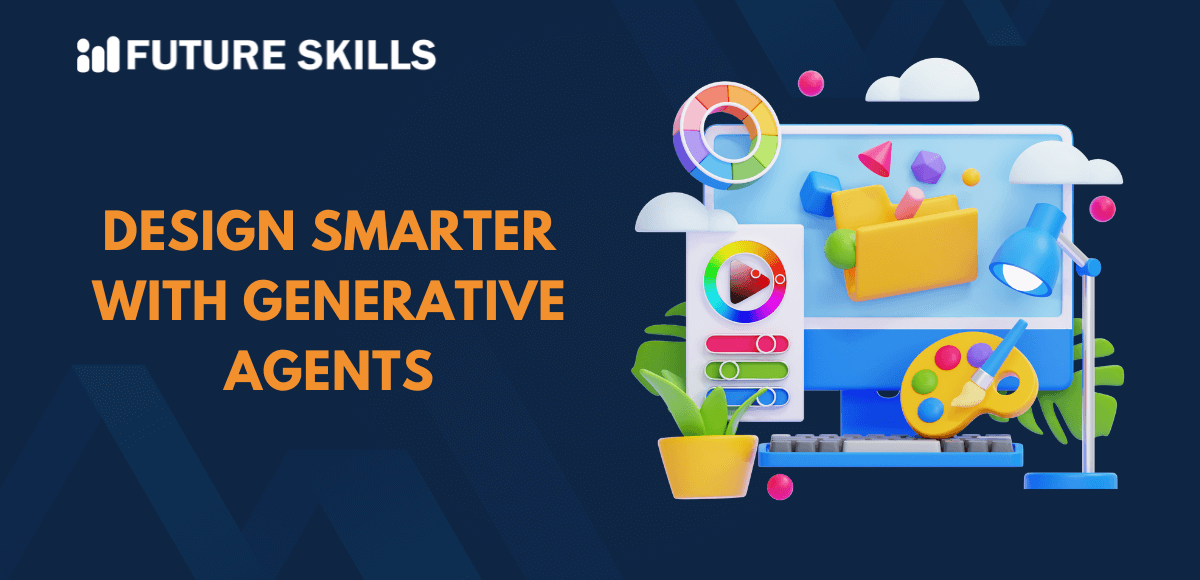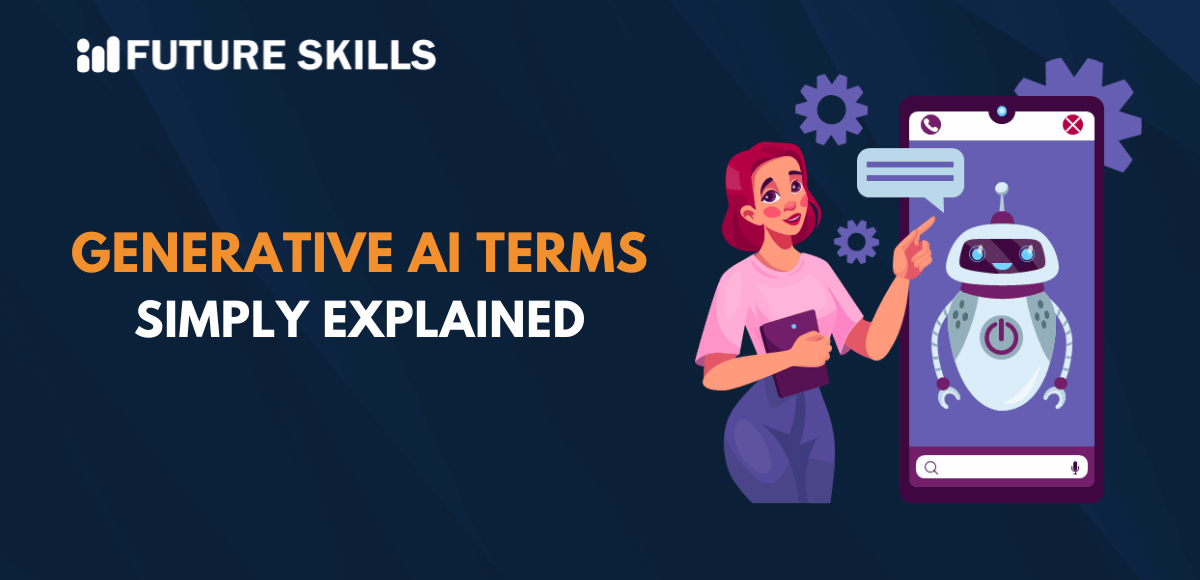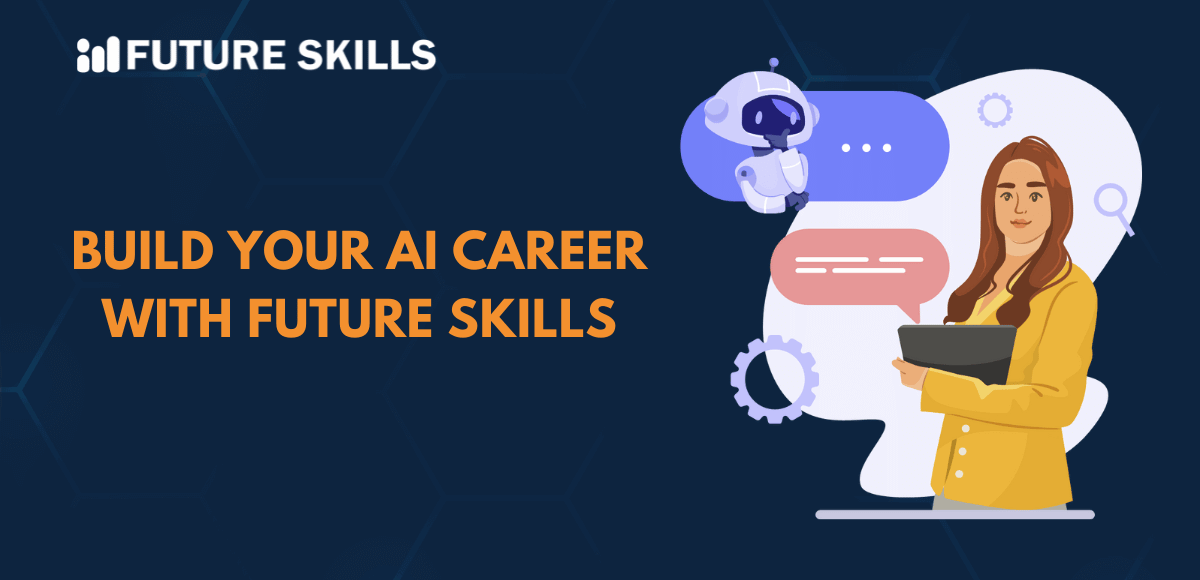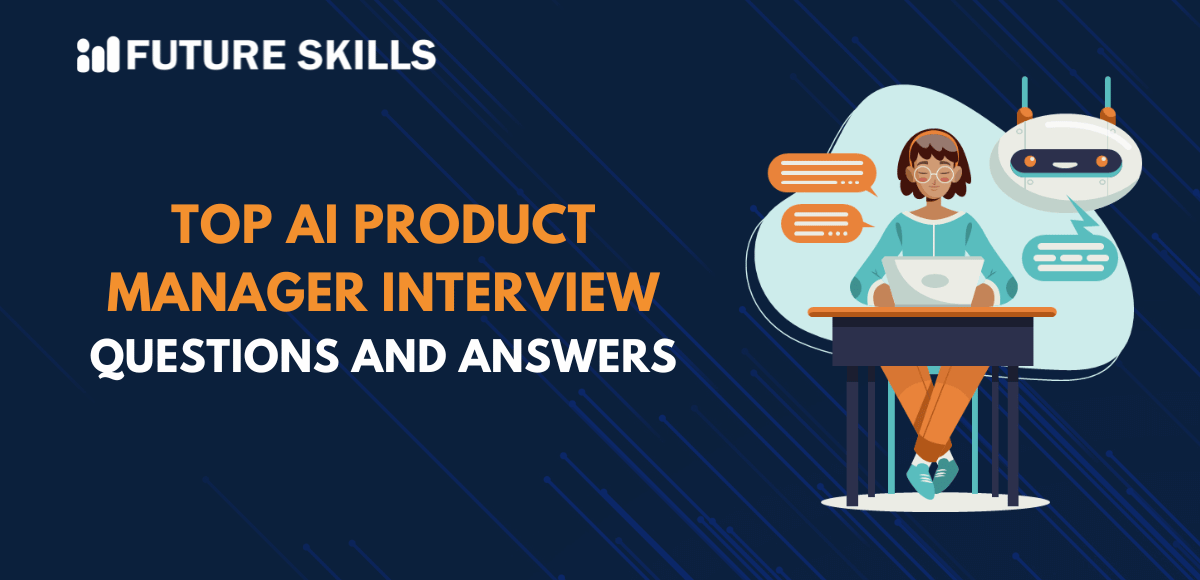In the 21st century, the emergence of Generative Agents has expanded the horizons of the artificial intelligence landscape. One of the main areas where the Gen AI agents architecture is playing an instrumental role is product design. In the product design and development domain, the market size of generative AI is likely to reach $ 1593.1 million by the year 2023. It shows the revolutionary power that generative AI agents have.
The integration of Generative Agents in product design has made it possible to introduce intelligence and automation in product designing processes. It has brought about a remarkable shift in the conventional product design landscape. It is high time to explore how generative AI is redefining the product design process today.
Level up your AI skills and embark on a journey to build a successful career in AI with our Certified AI Professional (CAIP)™ program.
What are Generative Agents?
Generative agents are a novel concept that holds immense potential. Generative agents refer to the software entities that utilize generative models for stimulating as well as emulating human behavior. These agents have the capability to mimic human behavior at the individual level and at the group level. Moreover, the generative AI design enables them to learn from past experiences and understand diverse situations and circumstances.
In order to understand the functionalities of generative agents, it is necessary to understand the Gen AI agents architecture. The key elements that make up the architecture of generative AI agents are:
-
Observation
These agents store all experiences and interactions. As a result, it is possible to refer to the memory stream and learn.
-
Reflections modules
The module is responsible for identifying patterns and establishing connections between experiences. This contributes to a high level of understanding of generative agents.
-
Planning and reacting module
On the basis of past experiences as well as reflections, future actions are planned. It shapes the response of generative agents to handle diverse situations.
Enroll now in the Mastering Generative AI with LLMs Course to achieve specialization in using evaluation metrics to create reliable and accurate generative AI models.
How Generative Agents Are Transforming Product Design Function?
An important question that one may wonder today is – ‘What is generative AI in the design process?’ The answer to the question is quite straightforward. In the design process, generative AI refers to the application of Artificial Intelligence for varying purposes. Thus, AI can be deployed to develop new design options and streamline the existing workflow. Similarly, AI can be used to strengthen the overall product design process by improving automation.
At present, generative AI design is playing a vital role and assisting product designers to explore new design ideas in an efficient manner. One of the top generative AI agents examples in product design involves AI-powered design elements for footwear. Currently, generative agents are revolutionizing product design in the following ways:
-
Streamlining of product design workflow
Product design involves a series of processes starting from idea generation to the creation of the final product. Thanks to generative agents, it is possible to streamline the entire product design workflow. Designers can take the help of generative agents while brainstorming new ideas. Moreover, they can explore a broad range of design concepts. Generative Agents in product design have undoubtedly given rise to a broad range of possibilities for designers.
-
Reduction of costs in product designing
By leveraging generative agents, product designers can keep a tab on their costs. This is possible since these agents can automate diverse processes, thereby reducing the dependence on manual processes. Furthermore, the dependence on large teams for product design purposes can be reduced considerably.
-
Collaboration of AI and human designers
By integrating generative agents in product design, it is possible to facilitate collaboration between human designers and AI technology. As a result, creativity can reach new heights in the product design landscape.
Level up your ChatGPT skills and kickstart your journey towards superhuman capabilities with Free ChatGPT and AI Fundamental Course.
Benefits of Generative Agents in Product Design
Now that you know the answer to the question – ‘What is generative AI in the design process?’ It is time to look at the main benefits of generative agents in product design. By familiarizing with the benefits, it is possible to understand the potential of these novel agents in the product design context.
-
High Speed
The adoption of generative agents in product design has increased the speed substantially. Today, product designers do not have to take a long time to generate new ideas. Gone are the days when designers had to work for days on a single product design. By collaborating with generative agents, it is possible to generate a broad range of product design ideas in an efficient manner.
-
Cost Saving
The integration of generative AI in the product design arena has created new opportunities to save costs. By leveraging AI capabilities, there is an opportunity for product designers to optimize every stage of the product design process. Moreover, the production process can also become more efficient, which can add value by promoting cost efficiency.
-
Personalization
Previously, it was very challenging for product designers to personalize products to meet the exact needs of every customer. However, today, they can personalize designs and ensure that the needs and expectations of every customer are effectively met. With the help of generative agents, it is possible to integrate new features and improve the satisfaction level of customers.
-
Higher innovation
The use of generative agents in product design has undoubtedly made the process more innovative and creative. By taking the help of generative agents, designers can generate a broad range of variations in their designs. One of the best generative AI agents examples in product design involves top furniture designs based on the latest interior design trends.
Become a certified ChatGPT expert and learn how to utilize the potential of ChatGPT that will open new career paths for you. Enroll in Certified ChatGPT Professional (CCGP)™ Certification.
Product Design Concerns Due to Generative Agents
The adoption of generative agents in product design has undoubtedly been highly revolutionary. However, it is necessary to remember that these agents have also given rise to a number of concerns. Some of the main concerns are:
-
Ethical concerns
The use of generative AI for product design may give rise to issues relating to intellectual property and copyright aspects. Several questions may emerge relating to who has the right over product designs. Moreover, such issues may even give rise to legal concerns if they are not handled in a proper way.
-
High reliance on AI
The use of generative agents can negatively impact the capabilities of product designers. This is because their skills may get stifled. Moreover, designers may not be motivated to use their own capabilities while carrying out their duties in the product design arena.
-
Need for specialized skills
The integration of generative AI into conventional product design workflow may not be easy. In order to derive optimum value from the process, individuals need to possess top skills to streamline the workflows. The lack of specialized skills may impede the utility of generative AI agents in product design.
-
Concerns regarding data privacy
The use of generative agents in product design may give rise to security as well as data privacy concerns. One cannot ignore these issues as their consequences may be severe. As generative agents rely on large volumes of data, the risk relating to data breaches is certainly high.
Want to gain practical skills in using OpenAI API and implementing API calls to facilitate LLM interactions, Enroll now in the Certified Prompt Engineering Expert (CPEE)™ Certification.
Future of Generative Agents in Product Design
The future of Generative Agents in product design is full of promise. Although the integration of these agents may give rise to both benefits as well as concerns, they have gained massive popularity in recent times. In the future, the adoption of generative agents may further gain momentum because of their new capabilities and features.
The proper use of these novel agents can create immense value for product designers. They can automate the design process and shorten the product design lifecycle. Moreover, through effective collaboration, product designers can make sure that they can design top designs that perfectly align with the needs of customers.
Final Words
In current times, there has been a rise in the use of generative agents in product design. These agents have been playing an important role in simplifying the function of product designers. Generative agents have brought about a paradigm shift in product design by integrating automation, streamlining the workflow, and ensuring cost savings. Thanks to these agents, the level of creativity and innovation in the product design landscape is reaching unimaginable heights.
However, it is essential for product designers to take into account the challenges or concerns relating to generative agents. They have the potential to give rise to serious ethical concerns. Moreover, they can adversely impact the skills of product designers in the long run due to high reliance on these automated agents.






